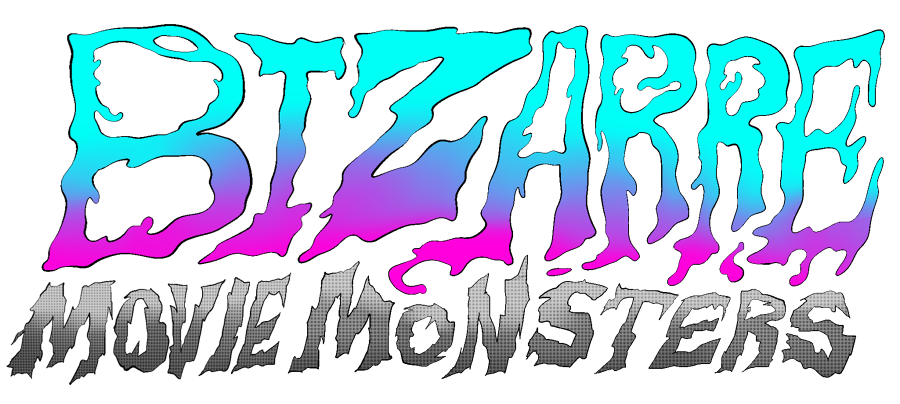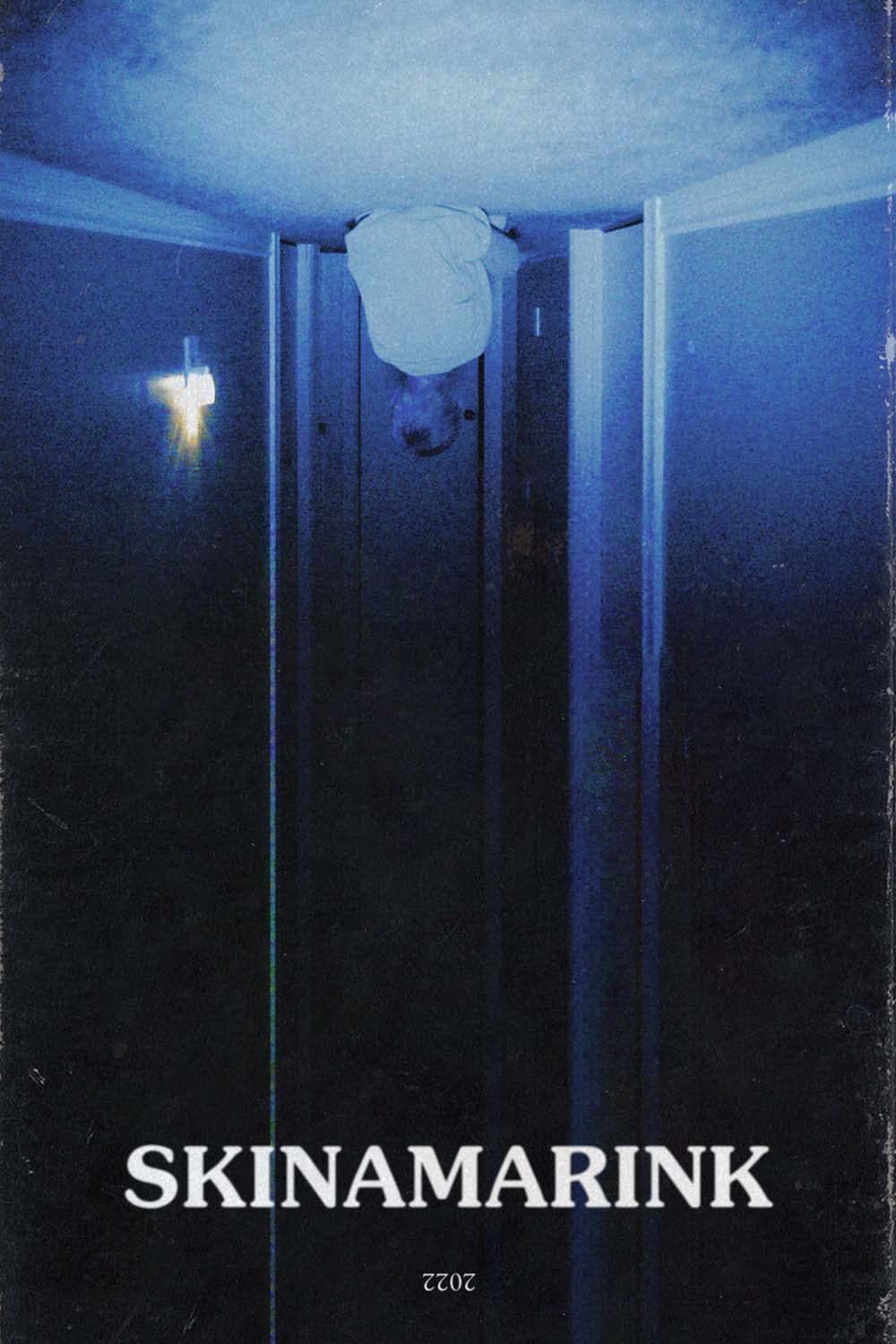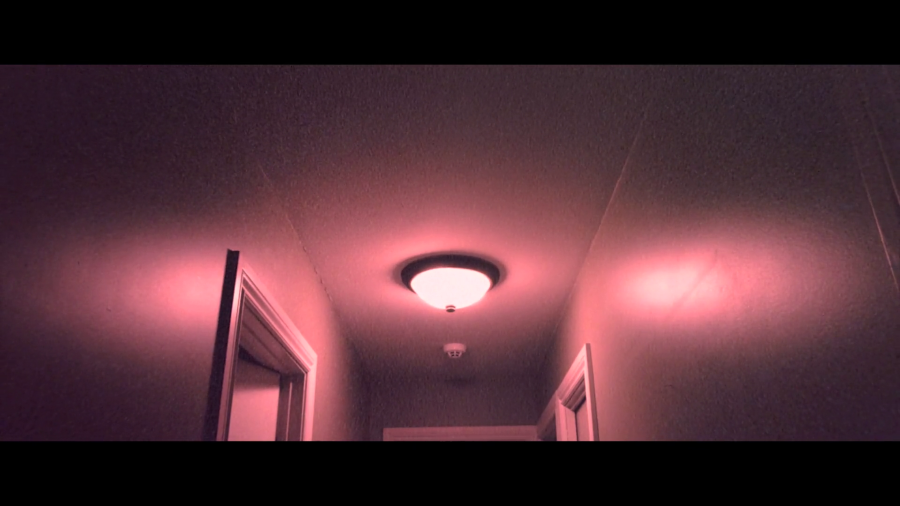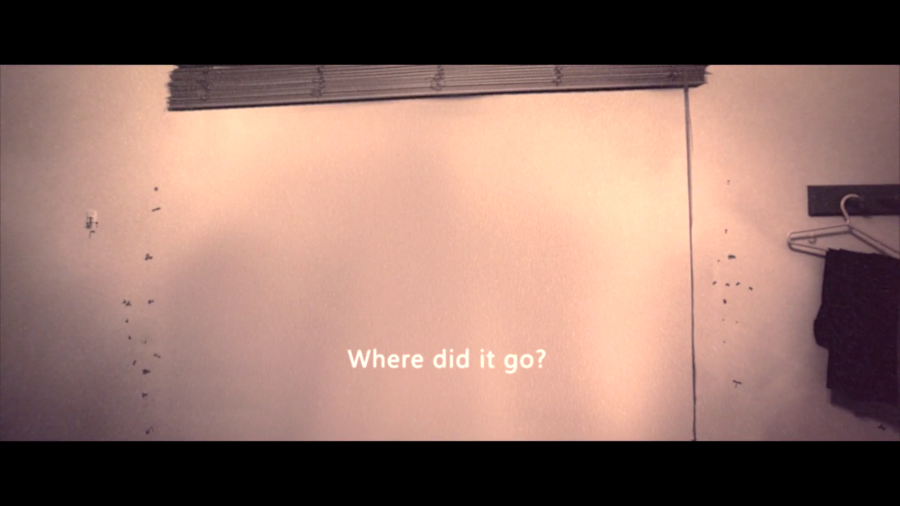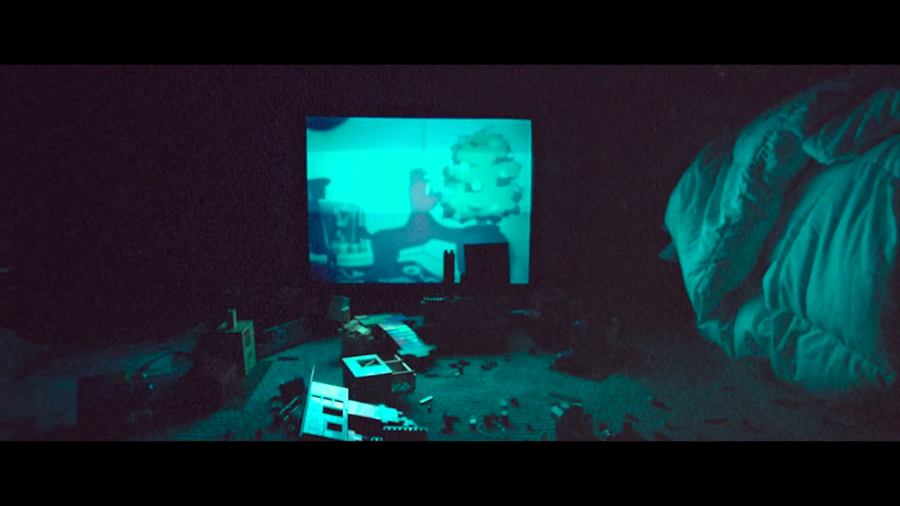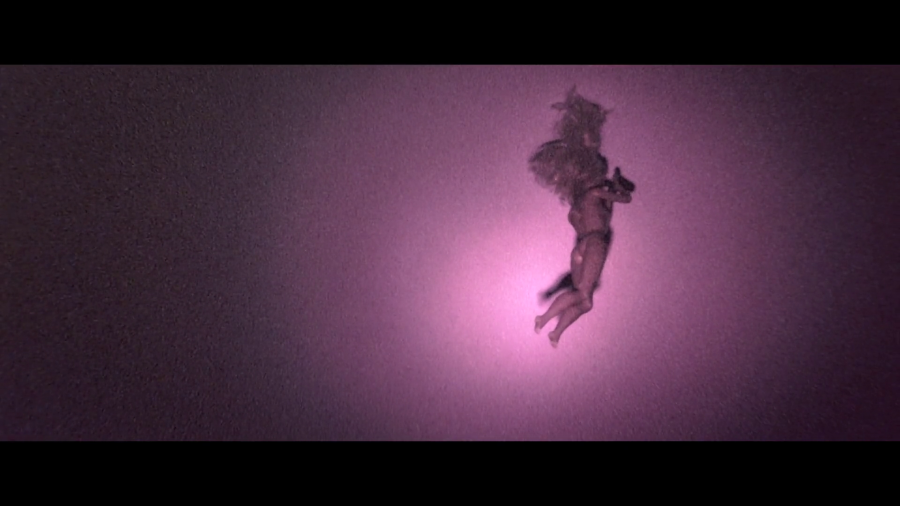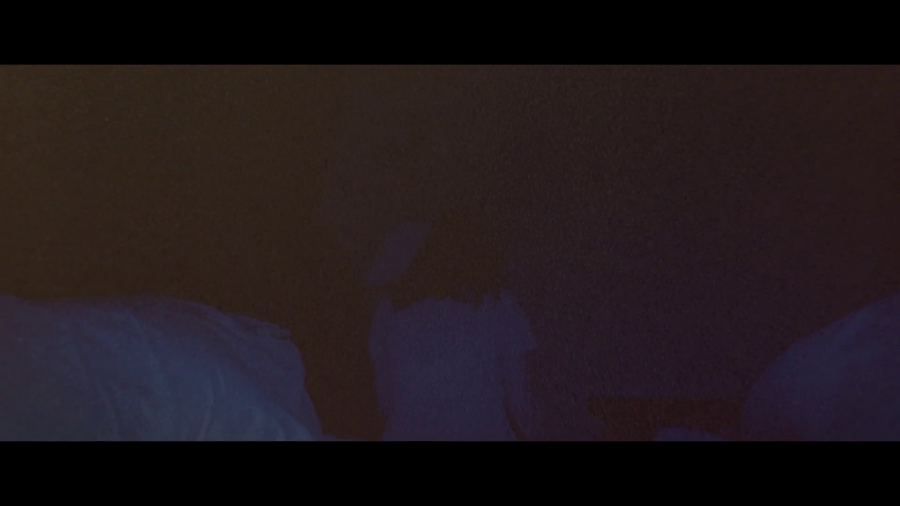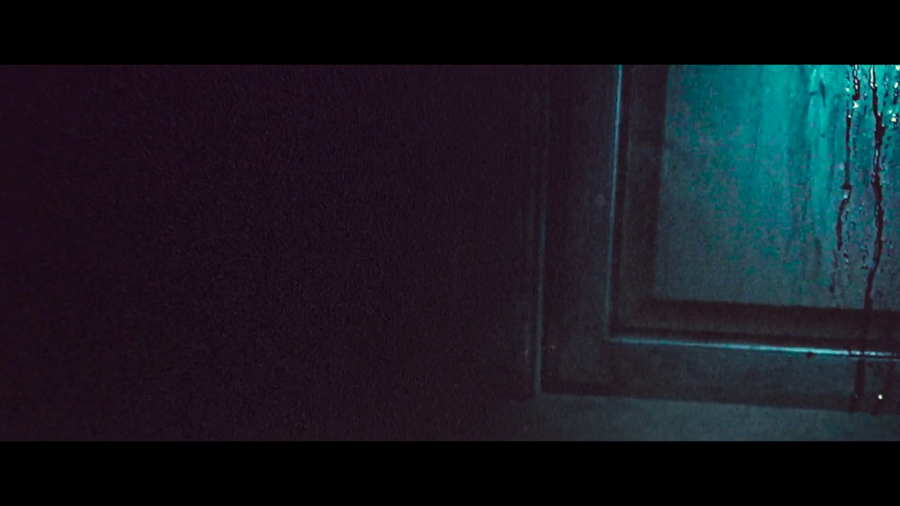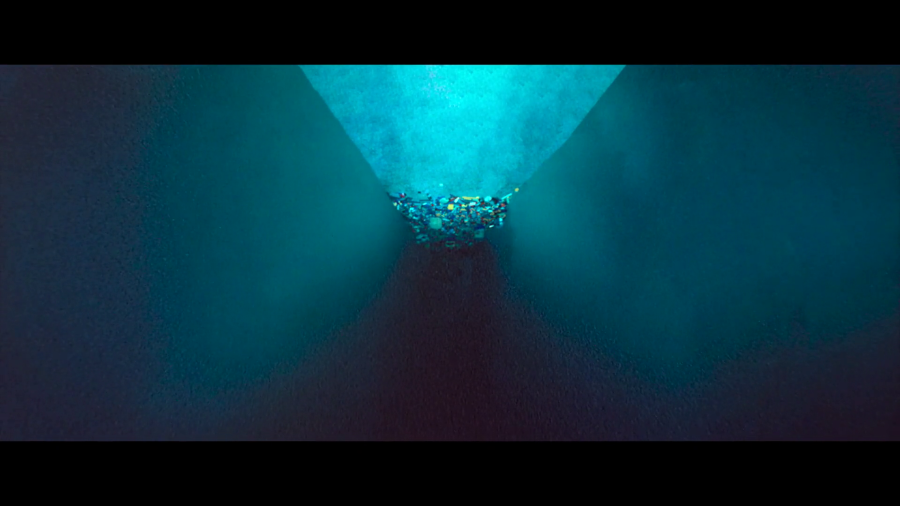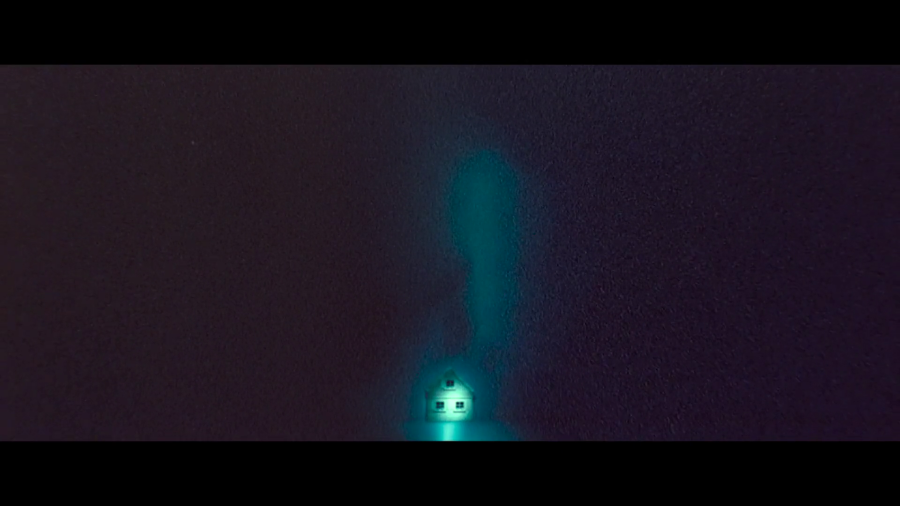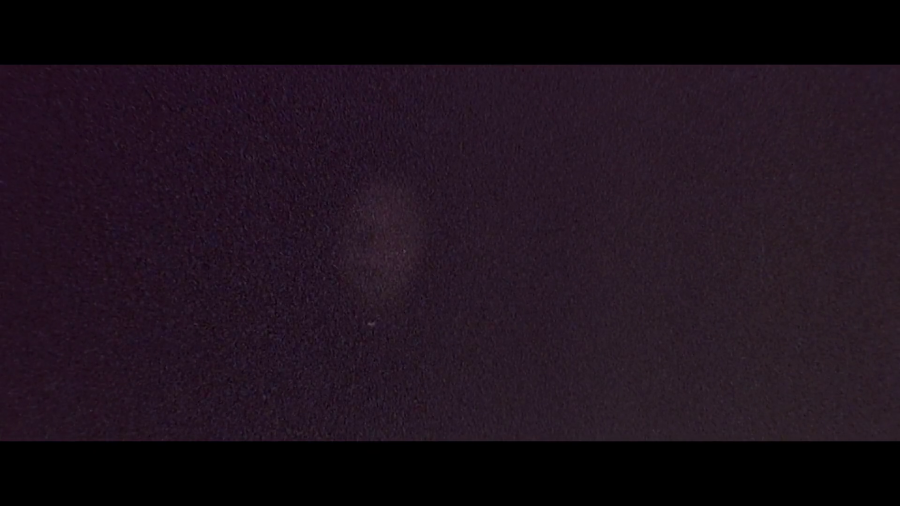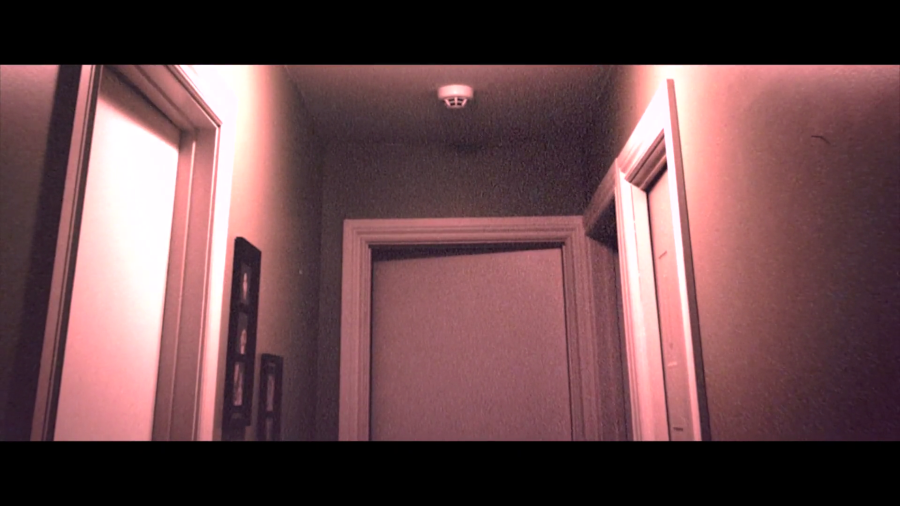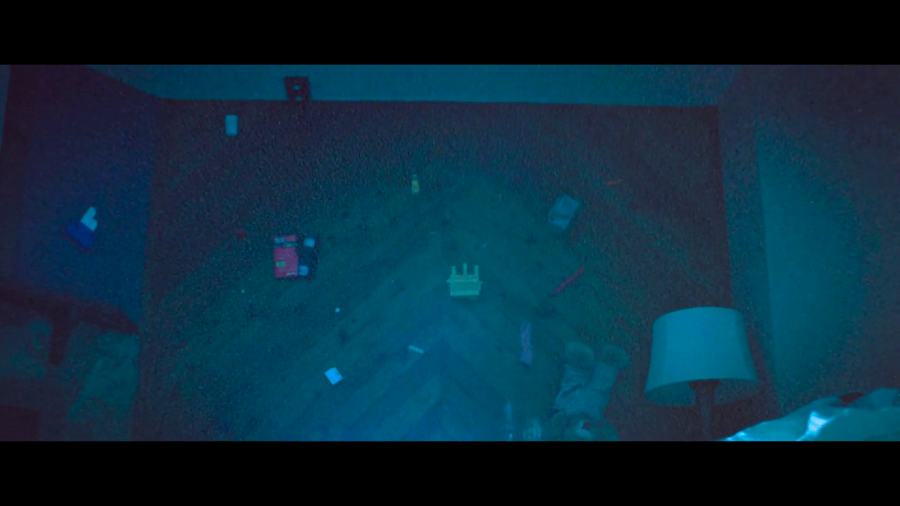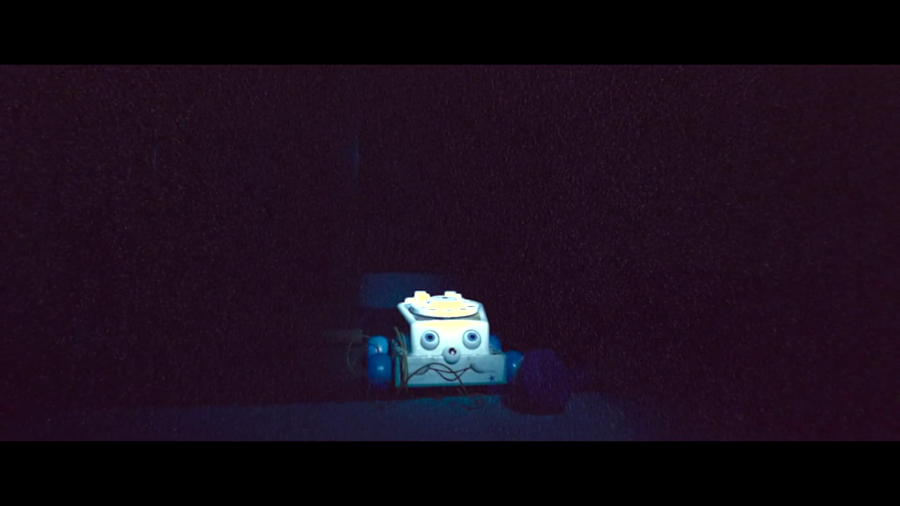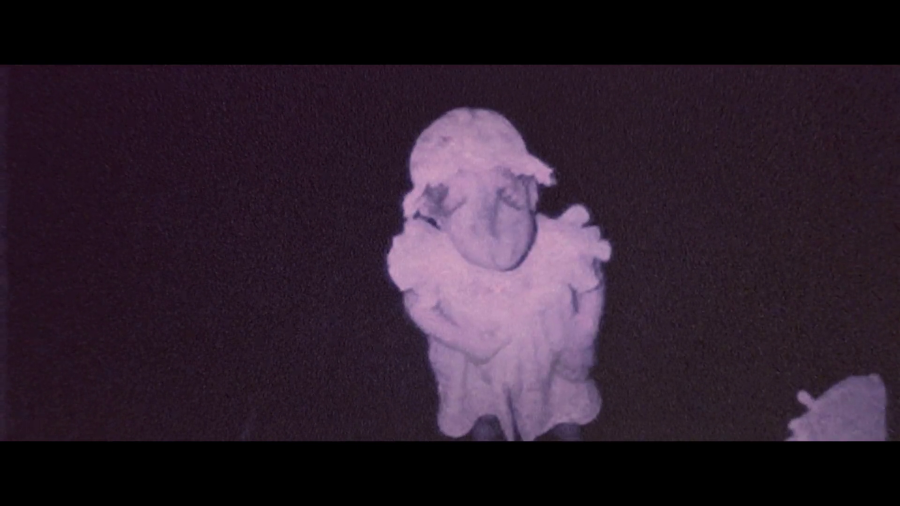By Jonathan Wojcik
ENTRY 32: SKINAMARINK
It's a testament to his eye for atmospheric storytelling that something so "simple" (at least on the surface) has now seen a wider theatrical release, distribution through Shudder, and countless reviews hailing it as one of (or the) scariest films of all time; a film some say has revolutionized the genre itself.
This is even more impressive for a movie consisting primarily of still shots in empty hallways.
They're STILL alone the next day, and the next, and the next, though their food will never run low and their electricity will continue running...at least selectively. Lights do appear to shut off around the house wherever the kids aren't present, and something unseen even pulls their nightlight out of the wall. Later, the toilet is de-manifested, and we see that the poor kids replace it with nothing but a pail.
Eventually, they begin to hear a voice every now and then. Low and distorted, it usually commands them to leave or enter different rooms, to go down into the basement, to come upstairs or to go to sleep.
The entity keeps the house dark except for the television, forcing the children to depend on it and a few measly flashlights. Finally it calls Kaylee down to the basement, and when Kevin goes looking for her some time later, he finds her curled up on the basement floor and mumbling strangely. What we see is a spoiler, but here you go if you don't intend to watch this film yourself.
Following this, the entity causes the cartoon VHS to keep looping the same couple seconds of Presto Change-O, actually the first appearance of a rabbit that would later evolve into Bugs Bunny. It's a scene of the rabbit magically disappearing, with a weird sound effect that becomes deliberately annoying as the unknown entity keeps repeating it, so here, enjoy!
Direct Video Link
The being later speaks to Kevin at more length than usual, explaining that it had to punish Kaylee for refusing to do as she was told.
And then, it then instructs Kevin to injure himself.
This, too, is entirely off screen, but we hear his cries and see bloodstains in the kitchen. It is deeply upsetting, especially when Kevin redials 911 and actually gets through to somebody, but seems to pass out before they can get enough information, as they are seemingly unable to trace the call.
As we watch time looping again and again, we will later hear the sound of Kevin crying a lot of blood splashes repeatedly on the kitchen floor, much more than his action would have shed, with some viewers speculating that this was an unrelated event or even the memory of a murder we were never shown.
Kevin asks "who are you," but never gets an answer as the film finally ends.
I recognize these threads all too well myself. For whatever reason, I was once an absolutely terror-addled child who couldn't bear to be all alone for long and couldn't make it through a single night without a dream so harrowing I woke up outright kicking and screaming. Some of these were weird, entertaining monster encounters that stuck with me or even kept me company, but most were in the very same vein as this movie. I had many dreams of simply being unable to find anyone, often set in my own home with bizarre inconsistencies in its layout or navigability. I had dreams in which the only adults present "weren't themselves," behaving more like sinister strangers, like catatonic dummies or like scripted characters. I remember no less than three dreams about being injured in some horrible way while adults treated me as invisible, something that actually never happened to me in reality. Even dreams in which nothing unusual happened, but something about my recognizable home took on an inexplicably horrific quality. Skinamarink captures the themes and mood of these dreams with such uncanny accuracy, I wish I hadn't been so accustomed to horror media by the time it came out.
On another level, this film recreates an equally dreadful quality of childhood in the waking world: the unique sensation that came when you knew something was seriously wrong, but the adults in your life wouldn't give you all the information necessary to understand it. It's an emotional sensation perfectly captured by the way this film blends the in-universe paranormal phenomena and ambiguous parental drama with its surreal, dreamlike direction.
So what about that entity, exactly?
MONSTER ANALYSIS: ???
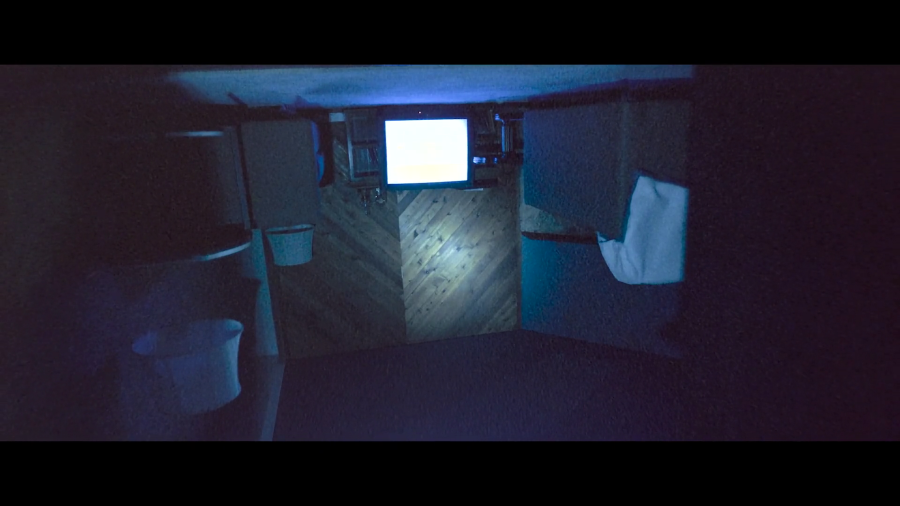
The being in possession of Kevin and Kaylee's home has no form of its own that we see and we are offered no clues as to "what" it might be, but we can at least piece together some of the rules by which it may function: it can distort time, of course, trapping its victims in a cycle, though their memories do not appear to reset with each loop. It can change the laws of physics and alter the layout of the house, but not where anyone is actually watching, which is certainly why it demands the children to enter different parts of the home. I personally wonder if the altered architecture is a physical form the being is taking, essentially replacing the house piece by piece with itself.
The being can also imitate people, but not all that well. They don't seem capable of moving or doing much while being watched, and it makes no indication that it can recall their memories or personalities, possibly only manifesting a physical appearance from its victim's mind. It dislikes light, but allows just enough of it for its victims to navigate, especially leaving the television running.
But speaking of that television, the specific cartoons that run throughout the movie feel like they offer a lot of symbolic insight into the entity's mentality, and we're going to look at each one of them!
The Cobweb Hotel follows a pair of honeymooning flies who check in to a hotel run by a spider. The flies are portrayed as tiny, helpless and dangerously naive, lacking even intelligible dialog, while the spider is a menacing, slobbering villain who speaks, dances and sings. A stronger, smarter predator easily duping the weak and innocent with the facade of a safe place to stay! Though the spider is defeated when the flies escape and rebel against him, Skinamarink is cut in such a way that we never really see or hear this part of the cartoon.
1935's Balloon Land, also called Pincushionman by Ub Iwerks is about a magical world where everything from the people and animals to the landscape is comprised entirely out of balloons. Everything, that is, except for The Old Pincushion Man! He just loves to pop balloons, for no reason other than he's a bastard and he thinks it's funny. He, too, is eventually beaten by the balloonfolk, but once again, the happy ending is never on-screen or especially audible during this movie. We do clearly hear the Pincushion Man's little introductory song playing, though. Terror of balloony-land!
Somewhere in Dreamland (1936) has two little children, a brother and sister duo, who live in poverty with their mother and very little to eat, but together dream of a world made entirely of delicious food until they awaken to a real-life feast, organized by friends and neighbors. This one, notably, never has a villain or any kind of danger.
Bimbo's Initiation by Fleischer Studios in 1931 is one of their original "Bimbo" cartoons, before his bulldog girlfriend was reworked into the human Betty Boop and took over as main character. In this one, a strange cult is pressuring Bimbo into joining them, subjecting him to deadly booby traps and warping, cartoon architecture every time he refuses. He only finally submits when a cult member is revealed to be Betty, and then it turns out all of the members are Betty.
Presto Change-O! is the one we've already touched on, and the most memorable in the film when it begins to loop on proto-Bugs-Bunny dematerializing himself. I've actually seen this cartoon panned as needlessly mean-spirited, since it consists entirely of the smarter rabbit using magic tricks to toy with and frighten a pair of normal, simpler-minded dogs for no obvious reason but the rabbit's sense of humor. The entity loops the disappearing scene not long after (FULL SPOILER) the reveal that it has punished Kaylee by taking away her eyes and mouth, replacing them with smooth skin.
There are a couple more cartoons in Skinamarink, but you get the idea. Almost all of these involve a more naive, more defenseless character at the mercy of someone or something more powerful - whether that entails a hungry predator or just a straight-up sadist - in several cases making use of an enticing but dangerous environment that may continuously shift and transform. It's obvious why these cartoons were chosen symbolically by the director, but that's clearly more than just background dressing.
The cartoons in Skinamarink keep looping on their own as long as the television remains on, which notably isn't something a VHS tape can ever physically do. It has to be rewound in order to play again, but this particular VHS seems to start right back at the beginning, which would have to be the work of the entity. A VHS can't "skip" and keep playing the same few moments over and over again, either, so the cartoon footage is explicitly under the being's control when it keeps repeating those few seconds of Presto.
I might be reading too much into just this aspect of the movie, but I get the impression that the being isn't simply letting the kids have their cartoons or using them as a distraction. I think it just finds these particular cartoons personally delightful, sees itself in the various "villains" and never gets tired of watching them over and over again. Could it even be skipping the parts it doesn't like, and maybe skipping entire cartoons it doesn't find as relevant?
The Pincushion man makes my favorite allegory of the bunch; he's the only force of sharpened metal in a delicate rubber world. Is that how our antagonist sees itself?
At one point, the being refers to all this as the children "playing" with it, but is that simply to manipulate their feelings, or does it genuinely see things that way? We can ask the same towards the end of the film, when it says to Kevin "I Will Protect You." This could easily be a lie, but the thing could just as easily have some obtuse reason to believe it is, in fact, somehow taking care of the child.
Already there's a fan theory that the parents may have been abusive, or even that the mother was actually murdered by the father, and the being is making some horrifically twisted effort to "save" the kids or take over as their "new" parent. In this scenario, its crueler acts are its idea of "discipline," more abhorrent than any some misguided human caretaker might concoct.
But personally? I prefer to think the skinnymarinny is neither consciously evil nor secretly well-intentioned, but something I have to say is actually quite a bit worse.
It permanently removes all adults from the situation. It watches those damn cartoons again and again and again. It replays its "favorite parts" of both the cartoons and reality itself ad nauseum. It moves toys to the ceiling as though hoarding them for itself or playing "keep-away" with the kids, and it even disassembles Kevin's lego brick city every night. It gets angry enough to seriously hurt them when it doesn't get its way, and eventually possessive enough of its preferred child to isolate him completely.
The being is definitely cruel and sadistic, yes, and maybe it really does think it's also "protecting" Kevin in some way, but I don't think it does any of this with calculated, rational intelligence. It never even exhibits significant intelligence, superhuman or otherwise, does it? Its dialog is never any more complex than that of its two captives, and it never shows a desire for anything other than to keep acting out the same dull routine of watching cartoons, playing with blocks, and going to sleep hundreds upon hundreds of times.
The strongest impression I'm left with is that the entity itself is a baby. Maybe not in the literal sense of being a juvenile skidamaroon, but at least in the sense of its emotional complexity. The entire film is named after a children's song over a hundred years old (not, in fact, invented by Canada's "The Elephant Show," if that's what you thought) with a refrain that goes I love you in the morning / And in the afternoon / I love you in the evening / Underneath the moon. Interestingly, this song was itself adapted from the chorus of a more elaborate 1910 musical number about a "Crocodile Chief" on a tropical island singing to the "sea nymph" that he loves.
Kyle chose this song for the title in part because it's a strange nonsense word that really sticks in your head, and of course in part for its relation to childhood. He hasn't indicated one way or the other whether its lyrics are relevant to the film, but if our reality-warper is as infantile as I think it is, it may in fact "love" or believe that it loves Kevin and Kaylee, at least until Kaylee "hurts its feelings" by not "playing" the way it wants. For whatever reason, it latches on to these human children and eventually just to Kevin as its only "friends" or "family," but it doesn't draw a strong line between these human lives and inanimate toys.
If all this is the case, the being's cruelty is both as innocent and as dreadfully, dreadfully cold as some curious kitten batting an insect around, and worse, it has the attention span of a toddler on some unfathomably cosmic scale. You cannot reason with that. Put god-like power in the hands of a toddler and you'd honestly be lucky if the results are only as disturbing as this.
Alternatively, but just as distressingly, what happens if the entity finally gets "bored?" How long does that take? Centuries? Millenia? Epochs? Does Kevin waste away and die like a forgotten pet, or is he "released" in some way? In such a scenario, would the entity even care to put Kevin (and maybe also Kaylee) back where they belong or simply toss them aside thoughtlessly, dumping them just about anywhere in time or space or beyond? Whether it merely discards them or carefully returns them, do they forget their time spent in its domain or are they left as mentally broken husks? Then of course there's the possibility that Kevin himself will eventually become something beyond a human, maybe even the exact manner of being as his tormenter.
I don't personally have a preferred theory here; every single possibility is a terrifying concept to consider, even the "best case" in which the kids wake up one day right where they left off and simply don't remember being tortured in limbo for a billion years.

thanks deeabllo
Even with no explanation at all, no hypothesizing, no further interpretation considered after the credits roll, the actual on-screen events of Skinamarink, start to finish, are masterfully unsettling in a thoughtful, meaningful and inventive way. It's not a film for everyone, and I wish more reviewers would understand that it doesn't need to be for them to be worthy of admiration. Even if you don't find it one of the scariest films ever made, it has by far one of the scariest antagonists ever conceived.
...And due to popular demand, this "bonus" review won't actually be the end of this review series after all. I'll be writing another of these reviews and analyses at least once per month in 2023, and they'll release first on my PATREON each month until I gather them all up for public release either at the end of the year or the end of each season; we'll see what makes more sense as I go along!
NAVIGATION:

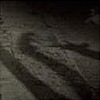
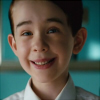
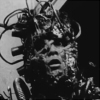


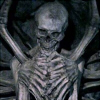

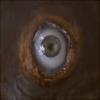


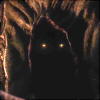

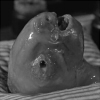



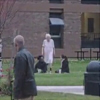
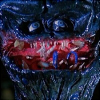


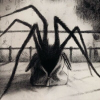


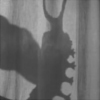

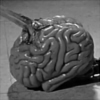


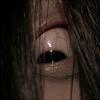
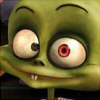
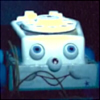
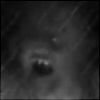
WAYS YOU CAN SUPPORT THIS SITE!



HOME



